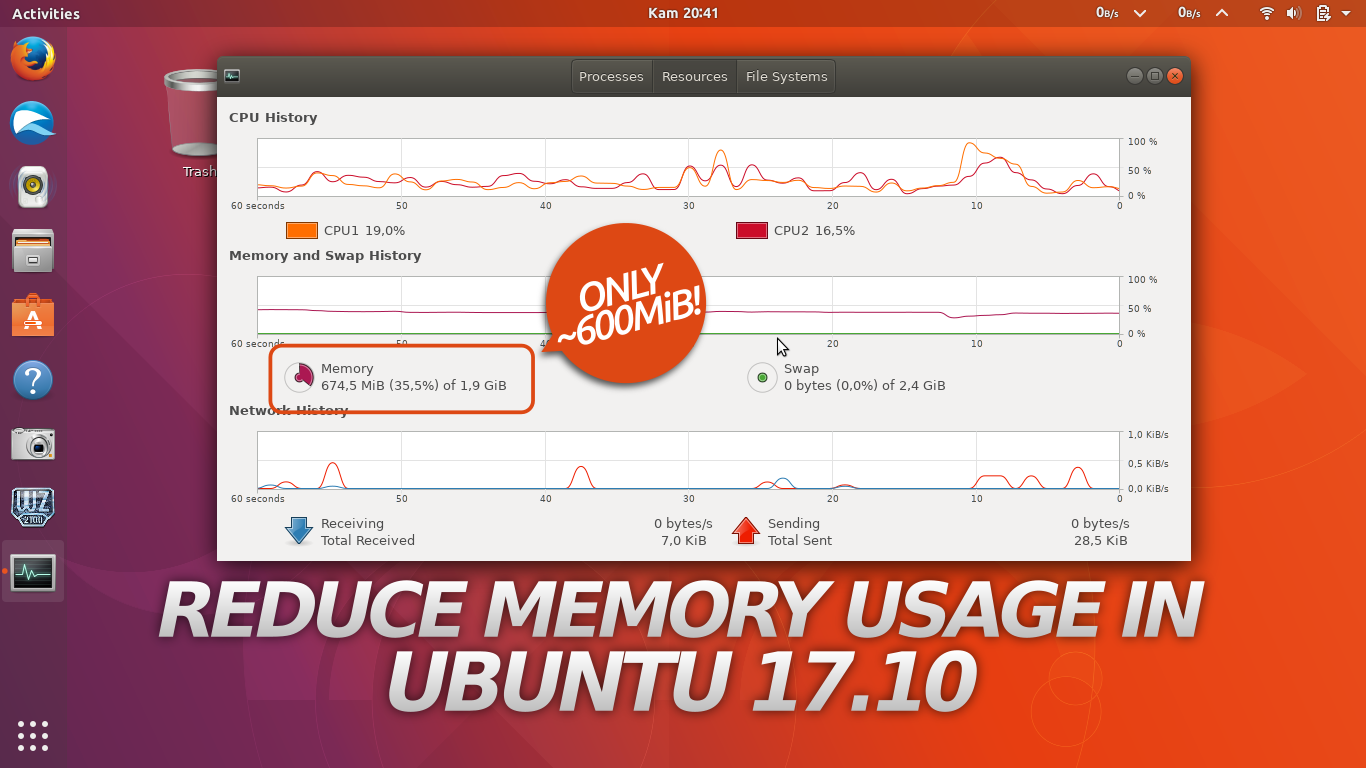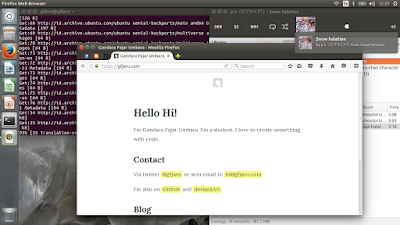


Let’s start from the first one: Use Task Manager For Monitoring System ProcessesĪ process is a program that runs and operates the system. Use Task Manager For Monitoring System File Systems.Now, we can use the Task Manager in Ubuntu 22.04 for monitoring the following system functions: The following interface will appear either after you have opened it from GUI or using the command: If you don’t have it in your system, you can install the Task Manager using the command: Ubuntu 22.04 comes with built-in support of System Monitor (Task Manager). Let’s start the guide! Prerequisites: Install Gnome System Monitor Use Task Manager For Monitoring File Systems.Use Task Manager For Monitoring System Resources.Use Task Manager For Monitoring System Processes.How to Use the Task Manager in Ubuntu 22.04?.

In this guide, we will elaborate on the usage and working of Task Manager (System Monitor) in Ubuntu 22.04. Task Manager is a powerful system managing tool that allows you to show the running processes, manage processes, CPU consumption, and much more. By monitoring the tasks, we can also end, kill, stop and continue the process from the Task Manager. In Ubuntu 22.04, the “ System Monitor” performs the function of a task manager, which controls all the processes, CPU load, and Hard disk consumption.

But, as you can see from the following picture, it can be a little hard to read.Task Manager is used to manage the running tasks on a system. You can type top in a terminal to open it. The “top” and “htop” UtilitiesĪnother command, usually available out of the box on Linux systems, is top. These concepts of “free,” “used” and “available” are used in some graphical applications, too. This is what you can consider RAM that is actually free. That’s because as soon as an application requires more RAM, some buffer/cache data is instantly deleted to free up memory for your program.Ĭonsequently, the most important fields here are “used” and “available.” The first reflects how much RAM your programs are using, and the second how much RAM is available to applications that require it. That’s why if you open your browser, close it, and open it again, it loads much faster the second time.Įven though the buffer and cache may use almost all of your RAM, you can still consider that portion of memory free. This way, when it needs to read the file again, it can skip accessing your slower storage device and read from the much faster RAM. That’s because of “buff/cache.” When the operating system reads a file from your hard-disk or SSD, it keeps its data in RAM. Here, “free” doesn’t mean the amount that your applications have at their disposal. The output may be misleading for those coming from a Windows background.


 0 kommentar(er)
0 kommentar(er)
